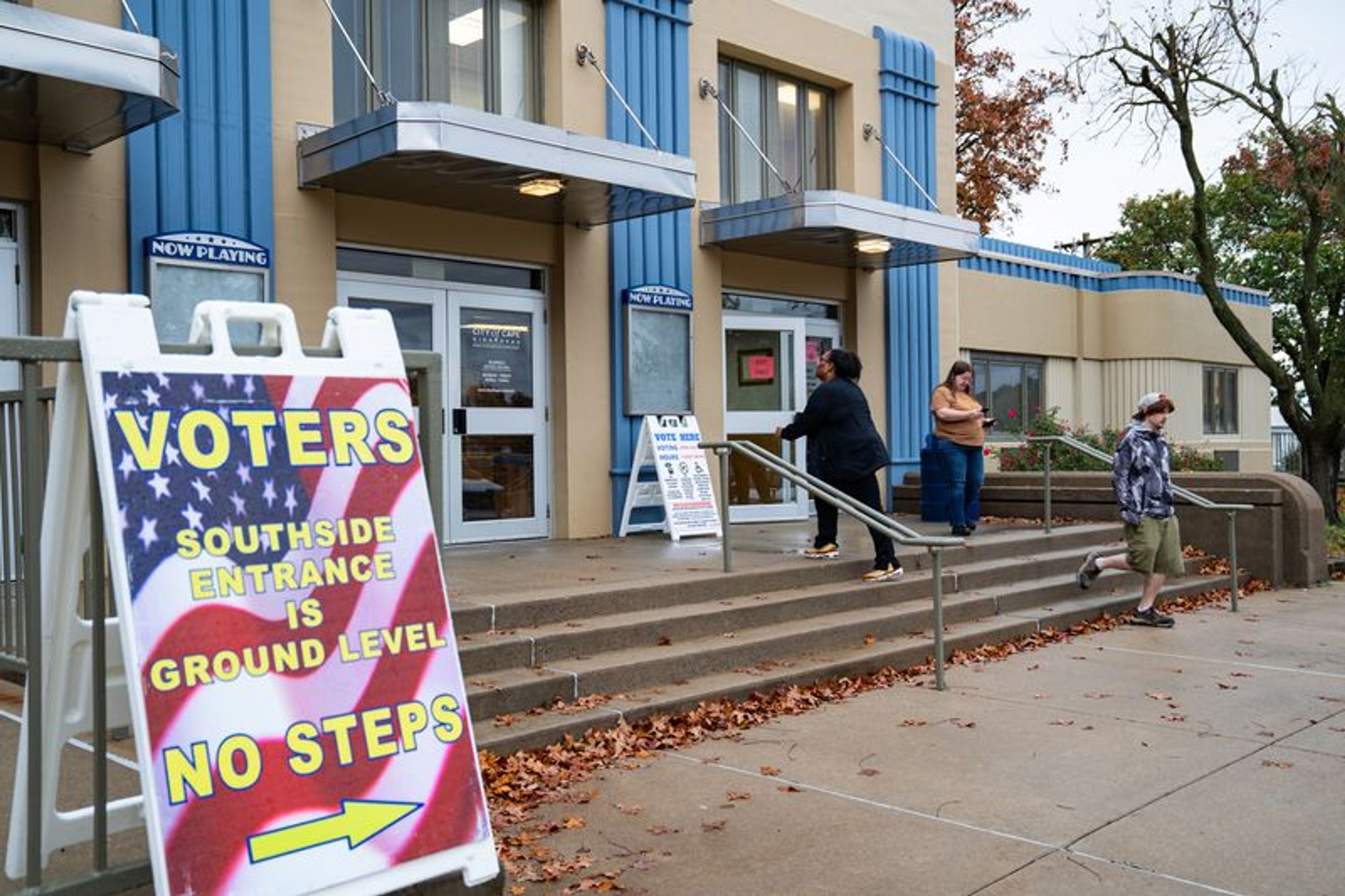CARNAHAN'S FISCAL POLICIES QUESTIONED
Missouri is in the national spotlight, and it is embarrassing what the glare is revealing. It should come as no surprise to the state's taxpayers that they are giving more and more of their hard-earned dollars to Jefferson City. As a matter of fact, a colorful map published by the Tax Foundation in Washington shows a bright-red spot in the center of the nation. ...
Missouri is in the national spotlight, and it is embarrassing what the glare is revealing. It should come as no surprise to the state's taxpayers that they are giving more and more of their hard-earned dollars to Jefferson City. As a matter of fact, a colorful map published by the Tax Foundation in Washington shows a bright-red spot in the center of the nation. Yep. That's Missouri -- the only state shown in red, representing an increase of 20 percent or more in tax burden as a percent of income.
As a matter of fact, Missouri has the distinction of being the state with the fastest growing tax burden in the nation. How's that for a national honor?
But wait a minute, you say. Didn't we remove the state sales tax on food and take a couple of other steps to lower taxes? And wasn't this supposed to keep us from having to issue all those tax refunds as required by the Hancock Amendment when the state takes in money faster than the growth in personal income?
The answer to both question is yes. We did those things here in Missouri. But the economy has been strong in recent years -- so strong, in fact, that even the governor's office is now saying that the final round of tax refunds have been grossly underestimated. That's in spite of the so-called cuts that were supposed to prevent additional refunds.
Two national watchdog organizations, the Cato Institute and the Tax Foundation, in Washington, D.C., have issued reports that highlight Missouri's financial situation. In fact, the Cato Institute has given Gov. Mel Carnahan an F for fiscal responsibility. Carnahan is one of just three governors in the nation to get a failing grade.
Here is what the Cato folks had to say:
"Mel Carnahan's two landslide gubernatorial election victories (in 1992 and 1996) represent the biggest percentages any Democrat has won in Missouri since 1968. He is prohibited from serving a third term. Carnahan has governed as one of the nation's most fiscally liberal governors. In his first term he delivered on his campaign promise of a huge tax increase -- $310 million -- to fund new spending on education. In 1994 he successfully opposed the Hancock II Amendment to strengthen the state's constitutional tax and expenditure cap. Later, Carnahan supported a more moderate ballot initiative requiring voter approval of all tax hikes over $50 million, which was passed in August 1996. Despite its loopholes, the original Hancock Amendment has forced Carnahan and the Legislature to rebate about $700 million in surplus tax dollars in the last three years. However, it has done little to restrain the growth of state government under Carnahan. In his first four years in office, state tax revenue rose from $5.5 billion in 1993 to $7.8 billion by 1997, a 42 percent increase. Even after adjusting for inflation, state tax revenue growth outpaced population growth by 5.6 percent and personal income growth by 3.7 percent. Carnahan has funded major expansions of education, health care and early childhood programs. To his credit, Carnahan has successfully pushed through modest tax cuts each of the last three years. However, in each case the reduction was not large enough to prevent revenue from exceeding the Hancock limit. Thus, the tax cuts represented money that would have had to be refunded anyway. In an era when most states are reducing taxes, under Carnahan Missouri seems to be one of the few states heading in a fiscally expansionary direction. Carnahan's fiscal liberalism is reflected in his failing grade."
Meanwhile, the Tax Foundation has examined Missouri's budget figures -- as provided by Carnahan's Office of Administration -- and estimates the Hancock tax refunds have been underestimated. How much? By a whopping $1.3 billion.
There appears to be no end in sight to the runaway tax-and-spend government in Missouri. It will be up to voters to elect responsible officials, including state legislators, to restore fiscal responsibility.
Connect with the Southeast Missourian Newsroom:
For corrections to this story or other insights for the editor, click here. To submit a letter to the editor, click here. To learn about the Southeast Missourian’s AI Policy, click here.








